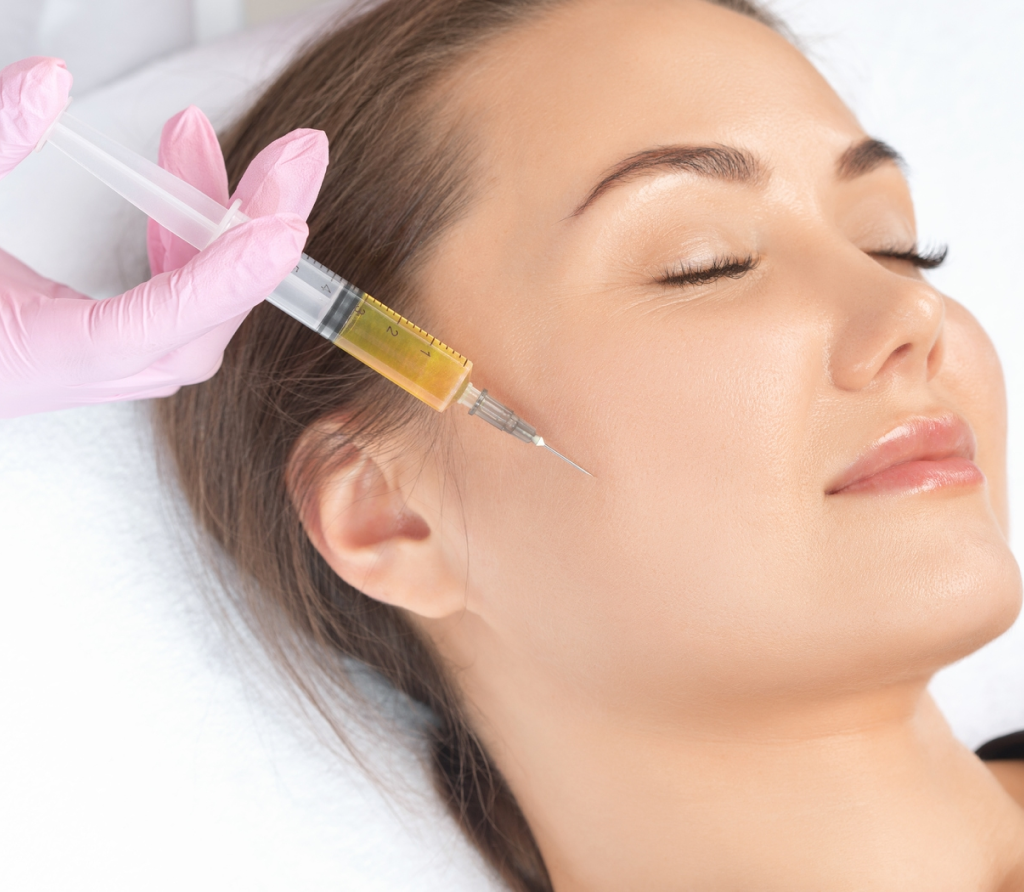The Rise of Regenerative Aesthetics: Inside the PRP Movement

In recent years, beauty and wellness have experienced a seismic shift. Traditional cosmetic procedures are being increasingly sidelined by more natural, biologically inspired alternatives. At the heart of this evolution is regenerative aesthetics—a rapidly growing field that seeks to harness the body’s own healing powers for skin rejuvenation, anti-aging, and overall facial enhancement. Among the standout innovations fueling this movement is the use of platelet rich plasma therapy face treatments, which have garnered immense attention from celebrities, dermatologists, and everyday consumers alike.
A Biological Revolution in Beauty
Regenerative aesthetics is not merely a trend; it is a response to the growing consumer demand for holistic and minimally invasive beauty solutions. For years, the aesthetic industry was dominated by synthetic fillers, chemical peels, and aggressive surgeries. While these approaches offered quick fixes, they often came with drawbacks—risks of side effects, unnatural appearances, and the need for ongoing maintenance. In contrast, regenerative techniques work with the body’s own biology to restore vitality.
The science behind regenerative aesthetics is centered on cellular repair and tissue regeneration. It involves stimulating the body to heal itself through methods such as PRP (Platelet-Rich Plasma), stem cell therapies, microneedling, and growth factor treatments. These innovations aim to rejuvenate from the inside out, resulting in outcomes that are not only effective but also natural-looking and long-lasting.
The PRP Phenomenon: More Than a Trend
While PRP has been used in orthopedics and sports medicine for decades to accelerate healing in injured tissues, its transition into the aesthetic world marked a pivotal moment. Often referred to as the "vampire facial," PRP therapy gained initial media fame through celebrity endorsements. However, its continued success can be attributed to the real, visible results it offers.
The process involves drawing a small amount of the patient’s blood, spinning it in a centrifuge to separate the plasma rich in platelets, and then injecting or applying this concentrated solution to the skin. Platelets contain growth factors that stimulate collagen production, improve skin texture, and enhance overall complexion. Unlike artificial fillers, PRP taps into the body’s natural systems, ensuring a safer and more personalized treatment.
Furthermore, because the substance is autologous—derived from the patient’s own body—there’s little risk of allergic reactions or rejection. This positions PRP as an ideal option for individuals seeking organic facial rejuvenation with minimal downtime.
Why Consumers Are Making the Switch
The rise of PRP and regenerative aesthetics can be attributed to shifting consumer values. Modern patients are more informed than ever before. They research procedures, weigh risks, and prioritize safety, sustainability, and long-term results. There’s a clear movement away from the "quick fix" mindset toward a more integrative, health-conscious approach to beauty.
Additionally, mental wellness and self-care are now deeply intertwined with aesthetic choices. Regenerative treatments like PRP offer benefits that extend beyond physical appearance. Patients report improved confidence, a greater sense of well-being, and even enhanced skin health over time. This multi-dimensional benefit makes regenerative aesthetics appealing to a broader audience, including men and younger individuals who previously might have shied away from cosmetic treatments.
Clinics and practitioners are also adapting, with many now offering customized PRP protocols that target specific concerns—be it acne scars, under-eye circles, or signs of aging. The ability to personalize treatments increases effectiveness and client satisfaction, further fueling the popularity of these therapies.
Challenges, Controversies, and the Road Ahead
Despite its growing acceptance, regenerative aesthetics—and PRP specifically—still faces challenges. Regulatory ambiguity in some regions has led to inconsistent treatment standards. Not all providers use FDA-approved equipment or adhere to best practices, resulting in variability in outcomes. There’s also a need for more comprehensive clinical studies to quantify the long-term effects of PRP and other regenerative treatments in cosmetic applications.
Skeptics argue that the field has, at times, outpaced scientific validation. While anecdotal results are overwhelmingly positive, the aesthetic industry must continue to invest in rigorous research to cement PRP’s credibility and secure its place in mainstream dermatology.
Nevertheless, advancements continue. New techniques that combine PRP with other regenerative modalities, such as microneedling, radiofrequency, or hyaluronic acid boosters, are being tested with promising results. Technology is also improving the purity and concentration of platelet-rich plasma, leading to better and more predictable outcomes.
Looking Toward a Regenerative Future
As the aesthetic industry evolves, regenerative aesthetics is poised to become the cornerstone of future beauty practices. PRP, once seen as an experimental treatment, is now recognized as a sophisticated, science-backed option for those seeking lasting rejuvenation. Its popularity is indicative of a broader cultural shift—one that values authenticity, sustainability, and inner vitality over artificial enhancement.
In the coming years, we can expect to see even more innovations that build upon the regenerative foundation. The fusion of biotechnology, personalized medicine, and aesthetics will likely produce even more refined, effective, and safe treatments. From customized serums derived from one's own stem cells to AI-guided treatment plans, the possibilities are vast.
At its core, the rise of regenerative aesthetics reflects a powerful idea: beauty does not have to be manufactured. It can be cultivated, supported, and restored—by working with, not against, the natural intelligence of the human body. For those seeking results that look as good as they feel, this movement represents not just the future of aesthetics, but its true renaissance.


Comments
Post a Comment